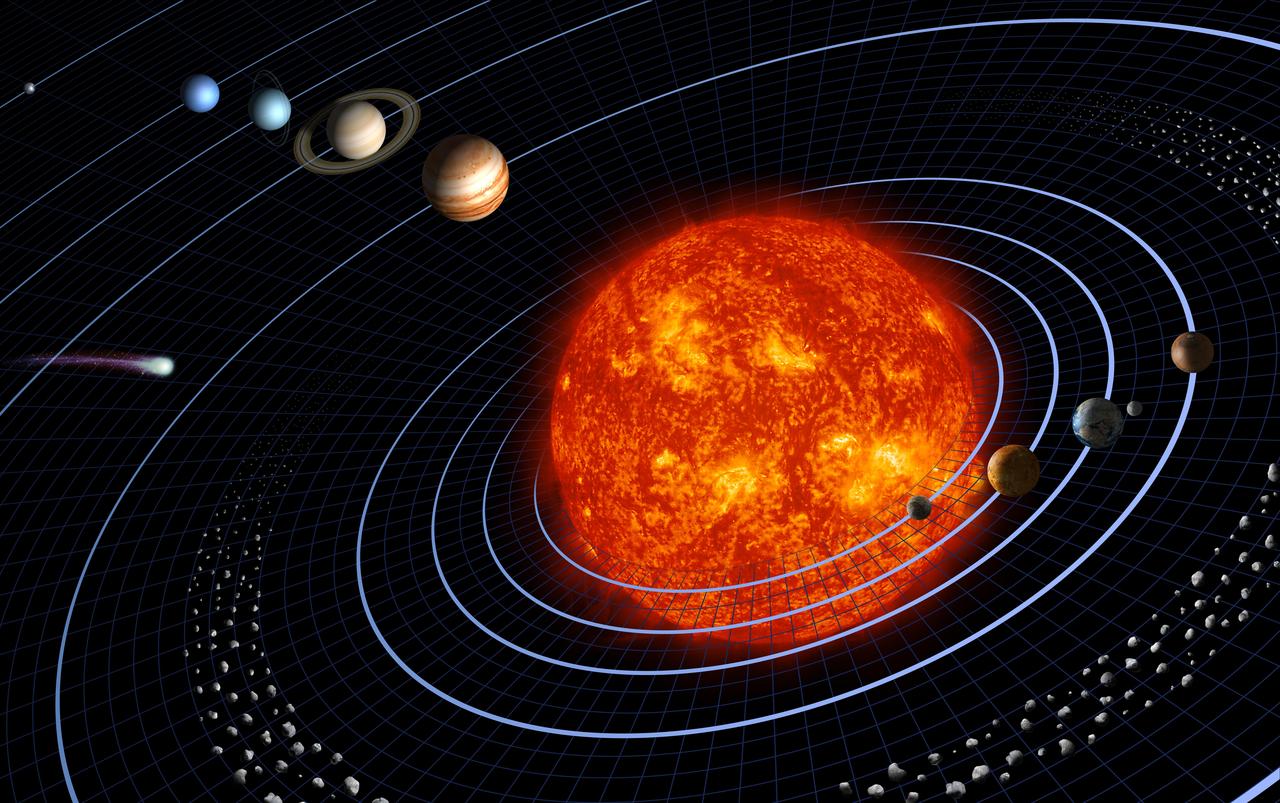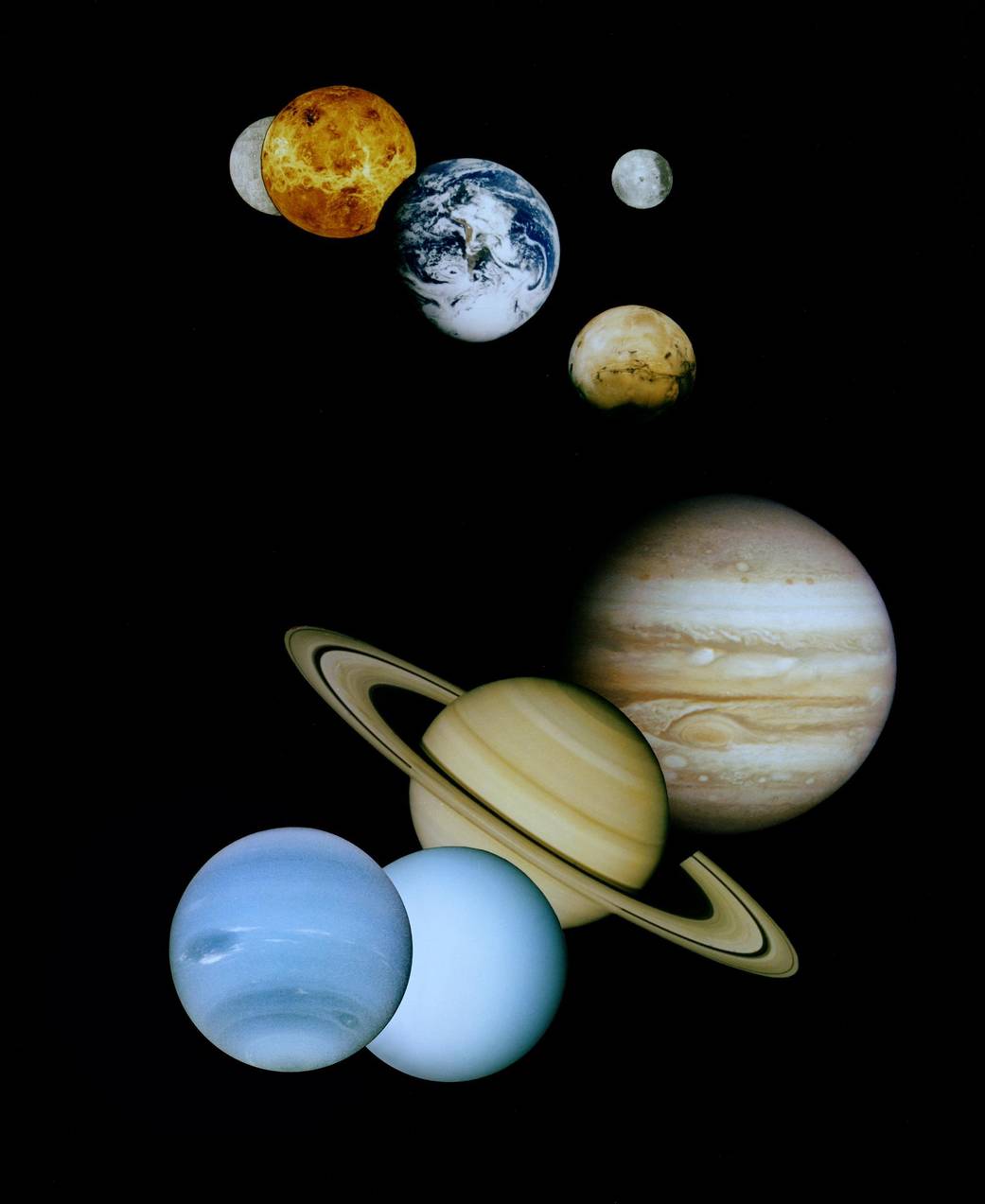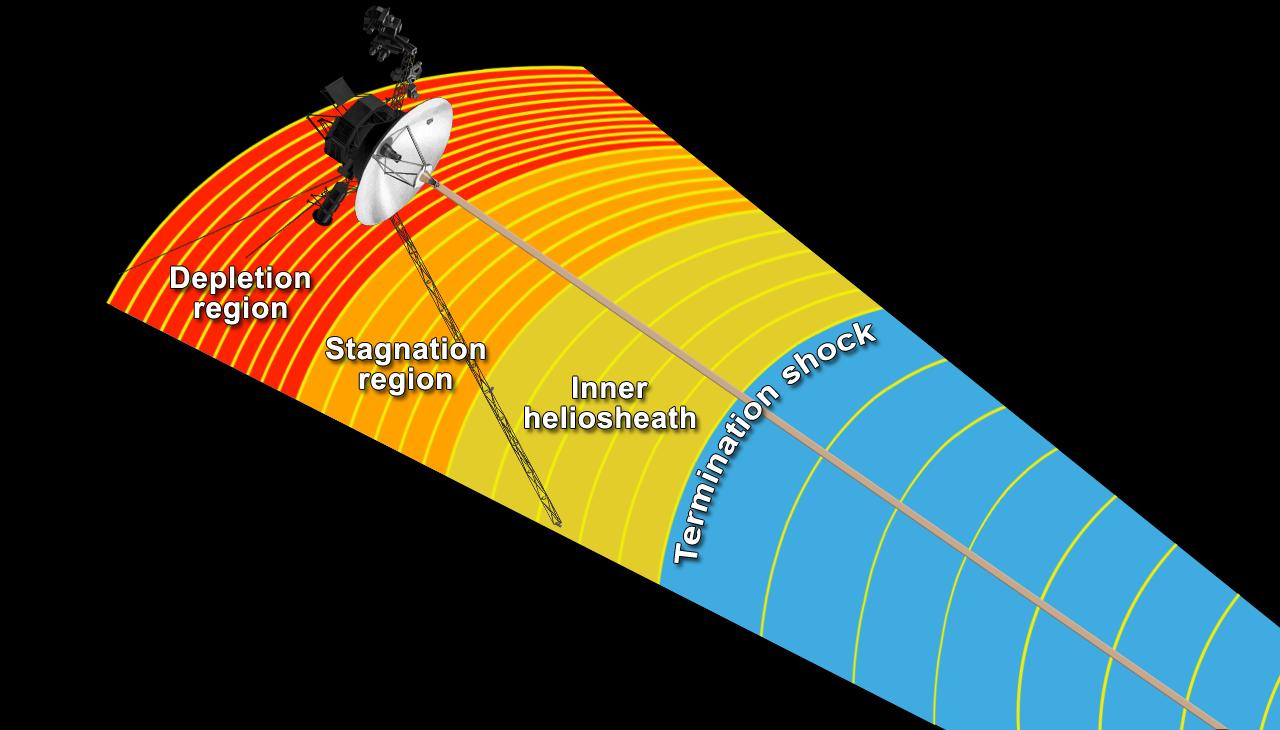Planets Of The Solar System (& minor planets)
The term planet is a very old term with many early cultures believing that the stars moving across the heavens were divine or gods! As human knowledge improved about the solar system we learnt they were merely large worlds orbiting the Sun like the Earth! To be a planet an astronomical body needs to satisfy four main criteria - the body must directly orbit a star, be big enough to be rounded by its gravity, not be so big it becomes a Star and have a large enough gravity that its 'absorbed' all other large objects in the region of its orbit.
Our solar system has 8 planets divided into 3 main groups; 4 rocky inner Terrestrial Planets (Mercury, Venus, Earth and Mars), the large Gas Giants (Jupiter and Saturn) and the outer Ice Giants (Uranus and Neptune)! Six of the planets are orbited by one or more natural moons.

Jovian Planets
The term Jovian planets (also known as the gas giants of the outer solar system) comes from the Planet Jupiter as they are thought of as 'Jupiter-like' and include the planets Jupiter, Saturn, Uranus, and Neptune. Some astronomers consider Uranus and Neptune as 'ice giants' due to their different composition!
Minor Planets
Also referred to as 'small solar system bodies' are astronomical objects directly orbiting the Sun that aren't planets or comets. Minor planets can be dwarf planets, asteroids, Jupiter trojans, centaurs and other trans-Neptunian objects located in the icy Kuiper belt, Scattered Disc and Oort Cloud (such as the inner Oort cloud object Sedna). Currently, over 750,000 minor planets have been identified.
Dwarf Planets
Dwarf Planets are a class of solar body that are similar to regular planets, as they directly orbit the Sun and are spheroid in shape (due to their gravity & composition), but are smaller and as a result haven't cleared the space in it's orbit of other objects. There are currently 5 recognised Dwarf Planets; Pluto, Ceres,Eris, Makemake and Haumea.

Protoplanets
A protoplanet is a large asteroid (planetary embryo) that coalesced from smaller planetesimals early in the solar system’s which has also experienced internal melting to produce a differentiated interior. There are several protoplanets in the inner solar system that have survived more-or-less intact which are Ceres, Vesta and other protoplanets.

Exoplanets (Planets Orbiting Other Stars)
An exoplanet (or extrasolar planet) is a planet that orbits a star other than the Sun. Scientists confirmed the first detection of an exo-planet in 1992 and since have discovered over 3,700 exoplanets with over 600 stars having multiple planets! Planets found to be orbiting stars outside of our own Milky Way Galaxy are referred to as extragalactic planets!



















